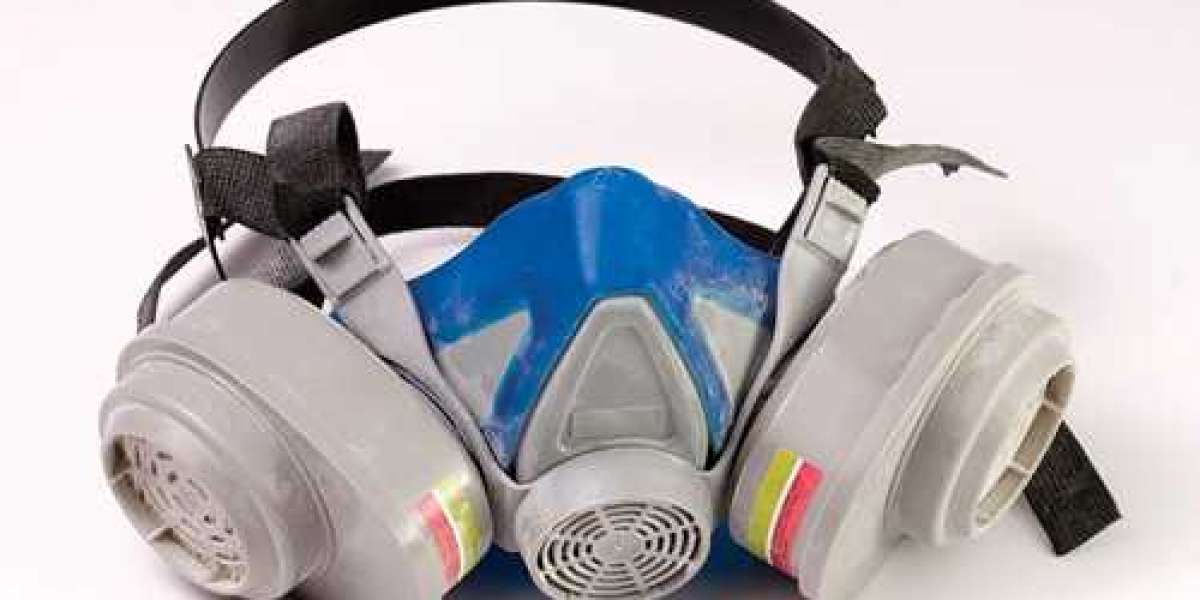Respirators are a form of personal protective equipment that provides respiratory protection against airborne contaminants. Respirators can either filter the ambient air or provide clean breathing air in the case of Self-Contained Breathing Apparatus systems.
Respirator Fit Test
A respirator fit test consists of several exercises designed to stress the respirator/face seal during which the test subject wears the respirator to be tested, and the ratio of the challenge agent concentration inside the mask to the ambient concentration is measured. This Ratio is the Fit Factor. In the CNC method, ambient ultra-fine particulates are the challenge agent.
OSHA Requirements
OSHA requires that respirator clearance and fit testing be done on tight-fitting respirators. If the respirator does not rely on a tight seal around the face, it does not require testing. Tight-fitting respirators including Filtering Facepieces such as N95 masks require either qualitative or quantitative fit testing. Full Face respirators must be tested with a quantitative method because the minimum Fit Factor required for a Full Face respirator is 500, which is not achievable with qualitative methods.
Fit Testing Frequency
Respirator fit testing must be done prior to using a mask on the job. The fit test is valid for one year unless there are any major changes to the face of the user. This may include major dental work, facial scarring, a visible change in weight, or facial surgery. The fit test is only valid for the particular make, model, and size of the respirator tested.
Completely Objective Data-backed Test
A Quantitative Fit Test uses fit testing equipment to measure the leakage around the face seal of the respirator mask to give a fit factor. A minimum fit factor of 100 is required for half-mask respirators and a minimum fit factor of 500 for a full-facepiece respirator. An important consideration is the fact that a quantitative fit test does not rely on the test subject’s ability to sense the challenge agent or his or her truthfulness. Qualitative Fit Testing
Quantitative Fit Testing Equipment
Cutting-edge respirator fit testing machines can help to save lives with the most accurate testing possible. Designed with all respirator users in mind, the Vest Med is an ideal solution for industrial, first responder, and healthcare respirator users who are looking for one product that can address all of their fit testing needs in an affordable way.






